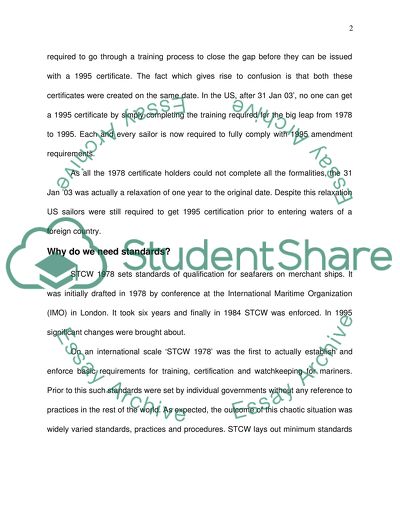Cite this document
(“Standards of Training, Certification & Watchkeeping Convention Essay”, n.d.)
Retrieved from https://studentshare.org/law/1523210-standards-of-training-certification-watchkeeping-convention
Retrieved from https://studentshare.org/law/1523210-standards-of-training-certification-watchkeeping-convention
(Standards of Training, Certification & Watchkeeping Convention Essay)
https://studentshare.org/law/1523210-standards-of-training-certification-watchkeeping-convention.
https://studentshare.org/law/1523210-standards-of-training-certification-watchkeeping-convention.
“Standards of Training, Certification & Watchkeeping Convention Essay”, n.d. https://studentshare.org/law/1523210-standards-of-training-certification-watchkeeping-convention.


